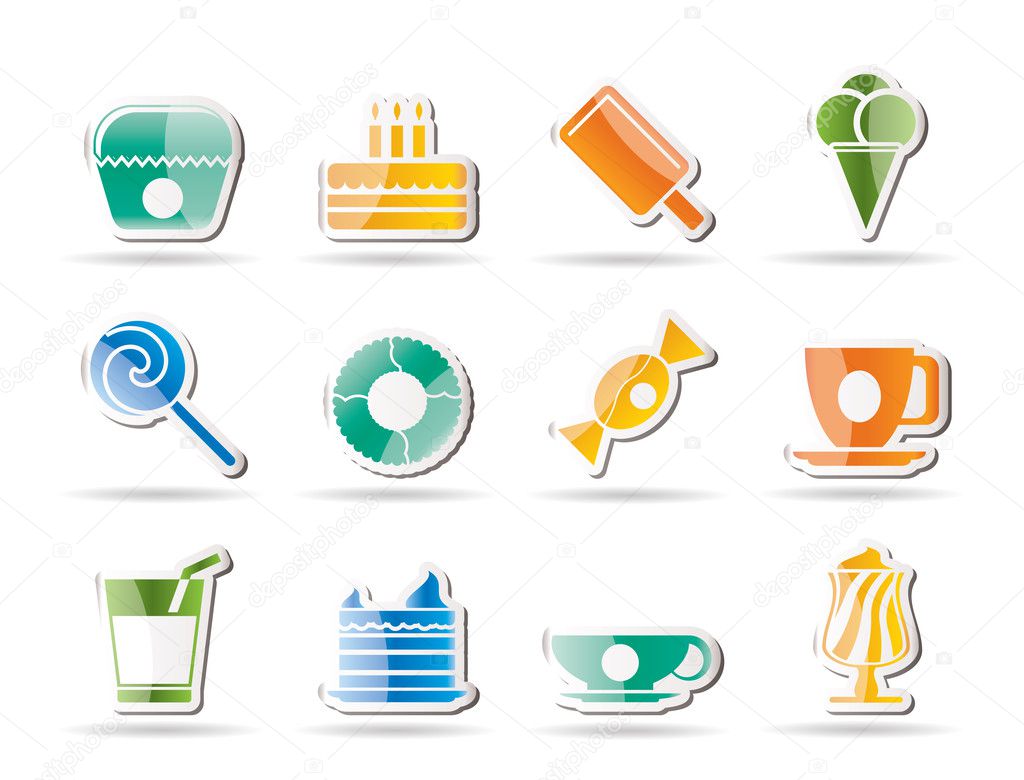Team members
Names / Roles:
- [Fazlyn] (Leader)
- [Suzy and Jia En] (Editor)
- [Molly] (Researcher)
- [Erika] (Researcher)
Meaning / Definition
Diabetes is a group of metabolic diseases in which there are high blood sugar levels over a prolonged period of time. Diabetes often occur when insulin production is inadequate, or because the body's cells do not respond properly to insulin, or both. There are two types of diabetes. Type 1 and Type 2. Type 1 diabetes means that your body makes too little or no insulin. Type 2 diabetes means your body can not use the insulin it makes.
Links:
(Wikipedia: https://en.wikipedia.org/wiki/Diabetes_mellitus)
(Google: http://www.medicalnewstoday.com/info/diabetes/)
MNT : http://www.medicalnewstoday.com/articles/7504.php)
http://claycountyhospital.org/a-diabetes-seminar-on-april-18th-2015-free/
Causes and Effects
Includes a description of the effect(s), outcome(s) or impact(s) on the patient's lives as a result of having the disorder or disease.
Eating too many sweet foods for a long period of time can cause obesity that can lead to diabetes as the body is producing too much insulin and the high blood sugar is higher than normal.
The diabetic patient will show signs of blurred vision and their breath will smell of aceton. The patient will also have nausea and will also feel abdominal pain.
(Aceton refers to the organic compound with the formula (CH₃)₂CO. It is colourless, volatile, flammable liquid and is the simplest form of ketone)
and is the simplest form of ketone)
MNT : www.medicalnewstoday.com/info diabetes/) and our own sources
: www.medicalnewstoday.com/info diabetes/) and our own sources
https://www.google.com.sg/url?sa=i&rct=j&q=&esrc=s&source=images&cd=&cad=rja&uact=8&ved=0CAcQjRw&url=https%3A%2F%2Fen.wikipedia.org%2Fwiki%2FDiabetes_mellitus_type_1&ei=NxmiVefQHI66uASbxoLYAQ&bvm=bv.97653015,d.c2E&psig=AFQjCNHZ29WHa8R5a_kfN-pB7eQtx6_MsQ&ust=1436773040184221


Sources:
google: http://www.google.com.sg/imgres?imgurl=http://beautyskew.com/wp-content/uploads/2013/04/Woman-eating-sweet-food.jpg&imgrefurl=http://beautyskew.com/2013/05/02/can-the-difference-between-heavy-and-thin-come-down-to-a-few-letters/&h=370&w=370&tbnid=oW3878TP42h7JM:&zoom=1&docid=I6hIO17SWKhs6M&ei=1xmiVaixAcmMuASchaKAAQ&tbm=isch&ved=0CF8QMyhcMFw4yAE
Signs and Symptoms
Signs and symptoms of type 1 and 2 diabetes:
-Increased thirst
-Frequent urination
-Extreme hunger
-Unexplained weight loss
-Presence of ketones (byproduct of the breakdown of muscle and fat that happens when there is not enough insulin) in the urine
-Fatigue
-Irritability
-Blurred vision
-Slow-healing sores
-Frequent infections, such as gums and skin infections
Links:
http://www.mayoclinic.org/diseases-conditions/diabetes/basics/symptoms/con-20033091
https://www.google.com.sg/urlsa=i&rct=j&q=&esrc=s&source=images&cd=&cad=rja&uact=8&ved=0CAcQjRw&url=http%3A%2F%2Fwww.wikihuge.com%2F2014%2F05%2Fdiabetes-mellitus-type-2.html&ei=JRuiVa7uA9OMuASzwISgDw&bvm=bv.97653015,d.c2E&psig=AFQjCNGnAfihLoleqPmBTe3_MyS4CsAeLg&ust=1436773478515889

Prevention and Treatments,
Don't eat too much food that contains sugar, eat healthy and exercise regularly.
Patients will have to go for check ups and have and test their blood by themselves. You can know if the sugar level in your blood is too high or too low by using a heart rate monitor. If the machine displays the number more than 7 or 7, it means that your sugar level is too high and you may have diabetes. For the people who are unsure whether they have diabetes, they can use the machine to check.

(information from NYP when we went for the trip.)
https://www.google.com.sg/url?sa=i&rct=j&q=&esrc=s&source=images&cd=&cad=rja&uact=8&ved=0CAcQjRw&url=http%3A%2F%2Fdiabetesdm.iowatracs.us%2Fdiabetesdm%2F13769-prevention-and-treatment-of-type-2-diabetes-in-youth-2-zahlen-typ-aktuelle-mellitus-centennial-colorado%2F&ei=4huiVcmgDISKuAT0jJ7ADw&bvm=bv.97653015,d.c2E&psig=AFQjCNEPmzm0PpRVBGzQvcGnQxz2UkQhog&ust=1436773656924351
Link to Other Illnesses or Diseases
People with diabetes have a higher risk for
- Heart Disease – heart attack and stroke
- Eye Complications – blindness and other vision problems
- Kidney Disease – damaging the kidneys which may lead to kidney failure
- Nerve Damage - neuropathy –damaging the nerves that run through the body.
- Foot Problems – Nerve damage, infections of the feet, and problems with blood flow to the feet
- Skin Complications – causing skin problems, such as infections, sores, and itching. Skin problems are sometimes a first sign that someone has diabetes.
- Dental Disease – leading to problems with teeth and gums, called gingivitis and periodontitis.
( https://www.health.ny.gov/diseases/conditions/diabetes/problems_caused_by_diabetes.htm)
References
Plagiarism is a strongly discouraged.
WebMD (http://www.webmd.com/)
https://www.health.ny.gov/diseases/conditions/diabetes/problems_caused_by_diabetes.htm
http://www.mayoclinic.org/diseases-conditions/diabetes/basics/symptoms/con-20033091
www.medicalnewstoday.com/info/diabetes
(Wikipedia: https://en.wikipedia.org/wiki/Diabetes_mellitus)
(Google: http://www.medicalnewstoday.com/info/diabetes/)
Comments (3)
Mr Reuben Ng said
at 7:21 pm on Jun 9, 2015
Please start on your project soon!
Mr Reuben Ng said
at 1:10 pm on Jun 17, 2015
Do add pictures soon!
Mr Reuben Ng said
at 1:18 pm on Jun 27, 2015
Your sections are underdeveloped. Write more, like how many times a day should you exercise?
You don't have permission to comment on this page.